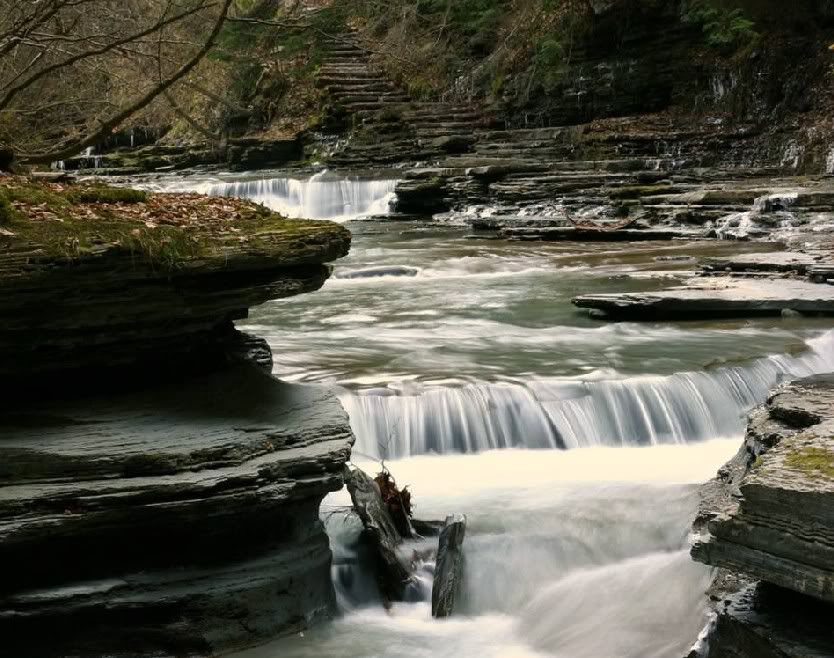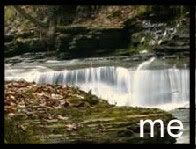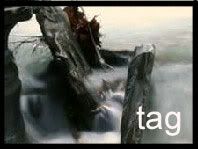

Corals will die if we do not stop the pollution. --- Try your best to save them!
Deep Water Corals
Many people are familiar with the coral reefs that thrive in shallow, well lighted, clear tropical waters where myriad colorful hard and soft corals provide habitat "infrastructure" for numerous invertebrates and fishes. The corals provide protection and
Three main groups of corals make up deep-water coral communities: hard (stony) corals of the Order Scleractinia, which form hard, ahermatypic reefs; black and horny corals of the Order Antipatharia; and soft corals of the order Alcyonacea, which includes the gorgonians (sea fans) (Williams, 2001). Deep-water corals are similar in some ways to the more familiar corals of shallow, tropical seas. Like their tropical equivalents, the hard corals develop sizeable reef structures that host rich and varied invertebrate and fish fauna. However, unlike their tropical cousins, which are typically found in waters above 70m depth and at temperatures between 23° and 29° C, deep-water corals live at depths just beneath the surface to the abyss (2000 m), where water temperatures may be as cold as 4° C and utter darkness prevails.  At these depths, corals lack zooxanthellae. These symbiotic algae provide food for many shallow-water corals through photosynthesis. They also assist in the formation of the calcareous skeleton, and give most tropical corals their coloration. By contrast, the polyps of deep-water corals appear to be suspension feeders. They capture and consume organic detritus and plankton that are transported by strong, deep-sea currents. These corals are commonly found along bathymetric highs such as seamounts, ridges, pinnacles and mounds (Southampton Oceanography Centre).
At these depths, corals lack zooxanthellae. These symbiotic algae provide food for many shallow-water corals through photosynthesis. They also assist in the formation of the calcareous skeleton, and give most tropical corals their coloration. By contrast, the polyps of deep-water corals appear to be suspension feeders. They capture and consume organic detritus and plankton that are transported by strong, deep-sea currents. These corals are commonly found along bathymetric highs such as seamounts, ridges, pinnacles and mounds (Southampton Oceanography Centre).
Deep-water corals range in size from small solitary colonies to large, branching tree-like structures, which appear as oases of teeming life surrounded by more barren bathymetry. The gorgonians (sea fans) also range from small individuals to those with tree-like dimensions. The gorgonian, Paragorgia arborea, may grow in excess of three meters in length (Watling, 2001). Growth rates of branching deep-water coral species, such as Lophelia and Oculina, range from ~ 1.0 - 2.5 cm/yr, whereas branching shallow-water corals, such as Acropora, may exceed 10-20 cm/yr. Using coral age-dating methods, scientists have estimated that some living deep-water corals date back at least 10,000 years (Mayer, 2001). However, little is known of their basic biology, including how they feed or their methods and timing of reproduction.
General Distribution of Cold-water Corals
Deep-water corals are found globally, from coastal Antarctica to the Arctic Circle. In northern Atlantic waters, the principal coral species that contribute to reef formation are Lophelia pertusa, Oculina varicosa, Madrepora oculata, Desmophyllum cristagalli, Enallopsammia rostrata, Solenosmilia variabilis, and Goniocorella dumosa. Four of those genera (Lophelia, Desmophyllum, Solenosmilia, and Goniocorella) constitute the majority of known deep-water coral banks at depths of 400 to 700 m (Cairns and Stanley, 1982).Madrepora oculata occurs as deep as 2,020 m and is one of a dozen species that occur globally and in all oceans, including the Subantarctic (Cairns, 1982). Colonies of Enallopsammia contribute to the framework of deep-water coral banks found at depths of 600 to 800 m in the Straits of Florida (Cairns and Stanley, 1982).
Two Important Deep-water Corals
Two of the more significant deep-sea coral species are Lophelia pertusa and Oculina varicosa. These species form extensive deep-water communities that attract commercially important species of fishes, making them susceptible to destructive bottom trawling practices (Reed, 2002a). Increased sedimentation places additional stress on corals.Oil and gas exploration structures and activities, particularly in the North Sea and adjacent areas, also damage Lophelia communities. Subsequent oil and gas production activities may also introduce noxious substances into these areas.
at 4:26 PM
COME AND COMMENT
Find out more about corals and marine life at these websites!
http://www.reefrelief.org
http://www.panda.org
http://www.uvi.edu
http://www.coral.org
http://www.iyor.org
http://www.coris.noaa.gov
http://healthyreefs.org
http://www.coralreef.gov
Credits
chocbanana[trixieandtheresa]




